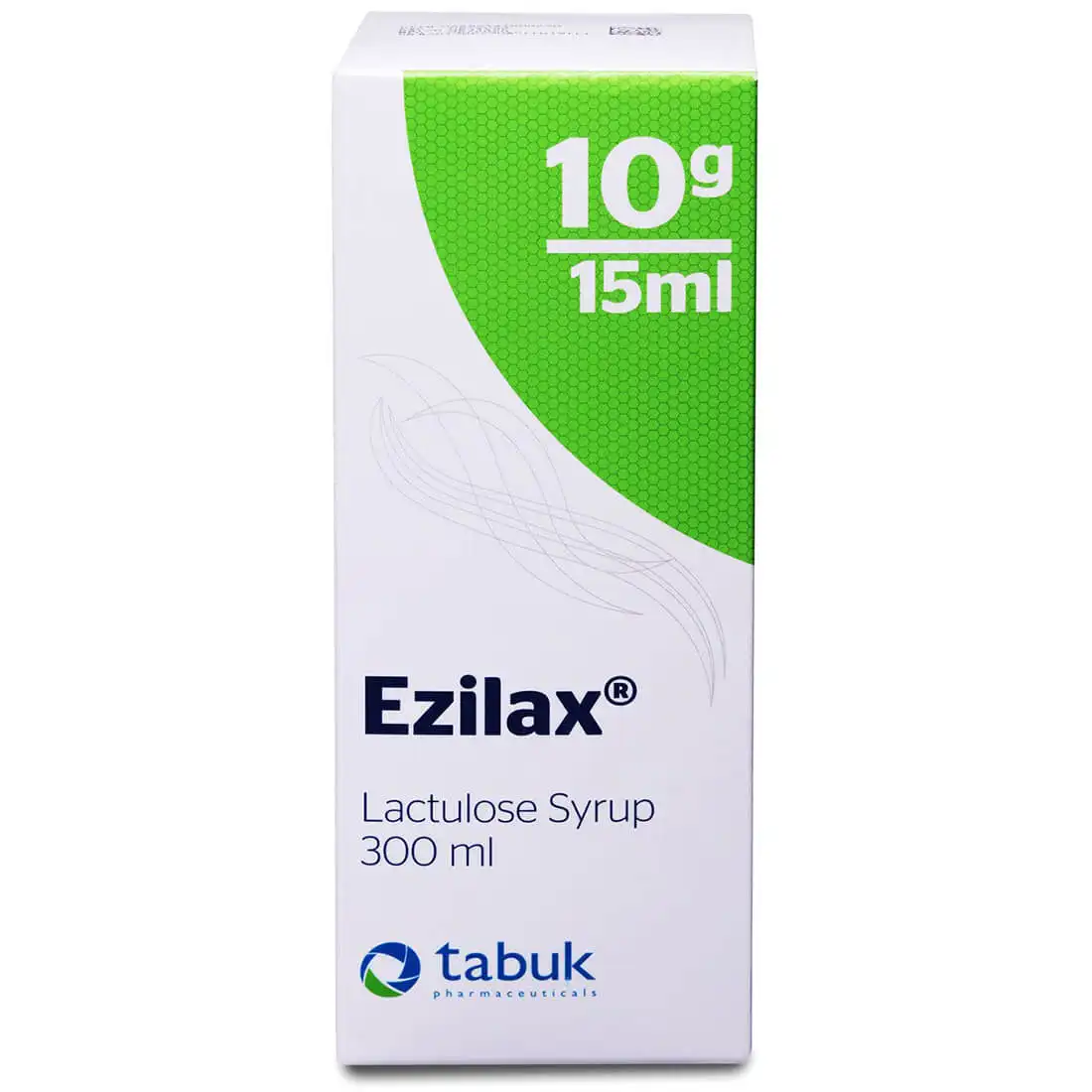| Image | Name | Price |
|---|
Verify OTP
OTP has been sent to
Verify OTP
OTP has been sent to
Cart Total
Get notified when this product is available





Product Description:
- anadol Night is for the temporary relief of pain, such as rheumatic and muscular pain, arthritis, backache, toothache, migraine, headache, and period pain, or fever and aches and pains associated with colds and flu, which is causing difficulty getting to sleep.
What is Paracetamol/Diphenhydramine and what is used for:
Paracetamol is a medication that belongs to a class of medications known as analgesics (pain relievers)and antipyretics (fever reducers).
Diphenhydramine hydrochloride is an antihistamine (allergymedication) that triggers drowsiness or sleepiness which makes it helpful when you cannot sleep due topain.
This product is used for restful sleeping and for the night time relief of the following indications:
- Signs and symptoms of cold and flu
- Back pain
- Toothache
- Period pain
- Muscle aches and pains
- Headache
- Fever
- Migraine
What you need to know before you take Paracetamol/Diphenhydramine:
Do not take Paracetamol/Diphenhydramine:
- If you are allergic to Paracetamol, or Diphenhydramine, or any of the ingredients in thismedicine. Tell your doctor about the allergy and what signs you had.
- If you are taking other Paracetamol containing products especially if taken in the last 4 hours.Make sure not to exceed paracetamol dose.
- If you are taking other antihistamines including those that are used in combination with othermedicines (e.g. cold and flu medicines) and those that areapplied on the skin.
- If you have porphyria (having too much porphyrin which is a pigment that may discolor theurine).
- Talk to your doctor or pharmacist if you develop allergic reactions such as shortness of breath,skin rash, swelling of the face or neck, decreased blood pressure and dizziness.
- Make sure to tell your doctor if you have liver or kidney problems, including alcoholic liver disease or if you have mild arthritis (joints inflammation) and need to take painkillers on a dailybasis.
- Long term use of this medication may be harmful to your liver.
- Contact your doctor if symptoms are not relieved.
- This medication contains lactose. Talk to your doctor before taking this medication if you are lactose intolerant.
- Make sure not to take this medication for more than 7 consecutive nights without talking to your doctor first.
- Talk to your doctor if you are intolerant to some types of sugars.
- Avoid drinking alcohol when taking this medication.
- Talk to your doctor before taking this medication if you are malnourished, underweight, or a regular alcohol consumer.
- Talk to your doctor before starting this medication if you have respiratory problems (e.g. asthma, chronic obstructive pulmonary disease, bronchitis).
- Talk to your doctor before starting the medication if you have an obstruction in your bowel or stomach, enlarged prostate, urination problems, or narrow angle glaucoma (elevated pressure in your eye).
- Talk to your doctor before starting the medication if you have myasthenia gravis (neuromuscular disease that causes muscle weakness) or a history of convulsions.
- Make sure to tell your doctor if you have a severe infection, underweight, malnourished or consume alcohol regularly in order to avoid development of metabolic acidosis which is usually manifested by signs and symptoms, like, loss of appetite, deep, difficult and rapid breathing, nausea and vomiting. Contact your doctor right away if you experience any of these signs.
- Do not use this medication for other purposes and do not share it with anyone.
Other medicines and Paracetamol/Diphenhydramine:
Tell your doctor or pharmacist if you are taking, have recently taken or might take any other
medications.
- If you are taking metoclopramide or domperidone (used for vomiting or nausea).
- If you are taking cholestyramine (used to lower blood cholesterol).
- If you are taking blood thinning medications (e.g. warfarin) and you need to take a painkiller every day. Concomitant chronic use of painkillers and blood thinning medications may increase the risk of bleeding.
- If you are taking other Paracetamol containing medications.
- If you are taking or have taken during the previous two weeks MAO inhibitors (used to treat depression), like, moclobemide.
- If you are taking antidepressants including tricyclic antidepressants and venlafaxine.
- If you are taking atropine.
- If you are taking medications that can make you drowsy including sedatives and anxiolytics (used to treat anxiety).
- If you are taking other painkillers, like, codeine.
- If you are taking beta blockers, like, metoprolol (used to treat high blood pressure and heart problems).
- If you are taking medicines to relieve stomach cramps (e.g. dicycloverine).
- If you are taking medicines for travel sickness (e.g. hyoscine).
Pregnancy and breastfeeding:
- Talk to your doctor if you are pregnant, plan on getting pregnant, or are breastfeeding.
- Do not take thismedication if you are pregnant or breastfeeding.
Driving and using machines:
- This medication may cause side effects, like, drowsiness and dizziness which can impact your ability to drive safely or use other machines.
- Make sure not to drive or use any machines if you are not feeling well.
How to take Paracetamol/Diphenhydramine:
Adults, elderly and children aged 16 years and over:
- Take 2 tablets 20 minutes before going to bed. Make sure not to exceed 2 tablets in 24 hours.
- Make sure not to take this medication if you have already taken during the day 4 doses of another product that contains paracetamol.
- Make sure not to exceed the daily recommended dose.
- Take tablet with or without food.
- Take tablet with a full glass of water
Children under 16 years:
- Do not give Paracetamol/Diphenhydramine tablets to children below 16 years of age.
If you forget to take Paracetamol/Diphenhydramine:
- This medication is taken on an as needed basis for night time pain relief or to help you sleep better.
- Make sure not to exceed the maximum allowed dose per 24 hours.
If you stop taking Paracetamol/Diphenhydramine:
- This medication is taken on an as needed basis.
- If you are still not feeling well at night and decide to stop taking the medication, make sure to contact your doctor for advice.
- Do not take this medicine for more than a week.
Side effects:
Possible side effects: Although it may be rare, some patients may experience undesirable side effects when taking amedication. Contact your healthcare provider if you experience any side effect. Tell your doctor or getmedical help right away if you have any of the following signs or symptoms:
- Signs of an allergic reaction, like rash; hives; itching; red, swollen, blistered, or peeling skin withor without fever; wheezing; tightness in the chest or throat; trouble breathing, swallowing, or talking; unusual hoarseness; or swelling of the mouth, face, lips, tongue, or throat.
- Signs of breathing and respiratory problems like difficulty breathing, thickening of phlegm or chest tightness. These signs are more likely to happen if you have previously experienced them after taking similar painkiller medications like aspirin and ibuprofen.
- Sudden weight loss, upset stomach, nausea, yellowing of the skin and eyes and loss of appetite.
- Unexplained bleeding or bruising.
- Abnormalities in your heart rhythm.
- Difficulty in passing urine.
- Difficult muscle coordination.
- Headaches.
- Convulsions.
- Recurring infections or fevers.
















